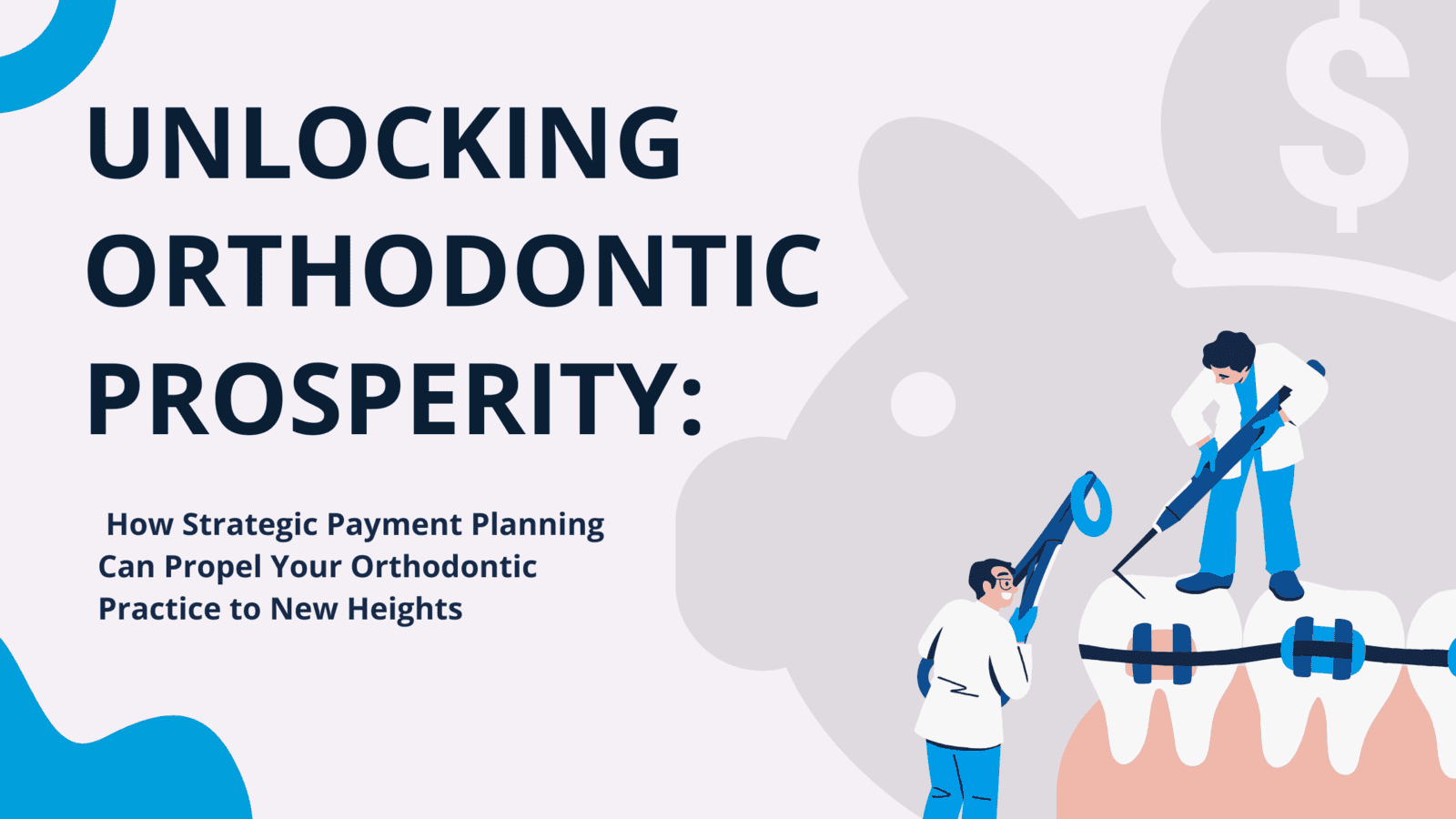
How Strategic Payment Planning Can Propel Your Orthodontic Practice to New Heights
Why Prioritize Your Orthodontic Practice's Braces Payment Plan?
In the realm of orthodontic practices, the focus on what braces payment plan to offer holds immense significance. Why? Because braces contribute to nearly 50% of the revenues generated by such practices. To put it into perspective, if your orthodontic practice typically earns around $1.6 million in revenue, approximately $800,000 stems from braces alone. Clearly, the financial prosperity of your practice, and the orthodontic industry in general, heavily relies on providing braces to patients. Consequently, ensuring an optimal approach to payments for braces becomes paramount. Considering that braces lay the foundation for long-term success for patients, shouldn't they do the same for your practice? Given the substantial investment braces represent, both your patients and your business hinge on it.
Too Preoccupied for Payment Processing Concerns?
Undoubtedly, as an orthodontist, your plate is full with essential responsibilities. Amidst your commitment to enhancing oral health, it's easy to overlook a crucial aspect: credit card processing fees are undermining the profitability of your practice, particularly concerning braces payments. While a 3% fee per payment in a braces payment plan might seem inconsequential, the cumulative effect is substantial. In fact, credit card processing fees could be siphoning off more than $24,000 annually from your revenues from braces alone. If you are using a PMS with built-in credit card processing, you could be losing even more – up to 5% or $40,000 annually. Intrigued? Let's delve into why integrating free credit card processing software and refining your braces payment plan is imperative for your practice's prosperity.
Delving Deeper into Patient Payment Dynamics
How do patients typically cover the costs of their braces payment plans? Are these expenses covered by insurance? While dental plans typically cover around 50% of braces costs, particularly for younger patients, the scenario shifts for adults. Most health plans do not encompass orthodontic services for individuals above 18 years. Consequently, approximately 80% of your braces revenue may stem from out-of-pocket payments, with the majority opting for payment plans.
The Role of Credit Card Payments in Revenue Generation
A significant portion of your revenue is derived from credit card payments. Let's break down the numbers:
- Assuming half of your practice's $1.6 million revenue comes from braces, that's $800,000.
- Considering 80% of this revenue is from out-of-pocket payments, it totals $640,000.
- If 65% of out-of-pocket payments are made via credit cards, that amounts to $416,000.
Herein lies the crux: credit card fees are eating into your braces payment plan revenues. How? Each time a patient swipes their card to settle their braces payment, a considerable portion is siphoned off by credit card companies. This results in substantial losses for your practice. However, there are remedies to mitigate this drain on your finances.
Revamping Your Payment Infrastructure
Partnering with a reputable merchant service provider (MSP) is pivotal for establishing a more lucrative braces payment plan. Opt for an MSP that offers competitive pricing coupled with quality services. Key features to seek include virtual terminal credit card processing for online management, efficient hardware with chip and contactless capabilities, and compatibility with medical credit card processing, including debit cards linked to health savings accounts (HSA) and flexible savings accounts (FSA). If you are working with a Patient Management System like Dentrix or OpenDental, look for a MSP that provides open api integrations to your software. This will allow you to seamlessly process payments within your pms but circumvent the higher processing fees imposed by their processing provider.
Navigating Credit Card Processing Fees
Understanding the various fees associated with credit card processing is crucial. These include network fees, interchange fees, assessment fees, and the MSP markup. It's imperative to opt for transparent pricing models, such as pass-through pricing, to accurately gauge your expenses. Negotiating with your MSP can yield discounts on markup and additional fees, further bolstering your practice's bottom line.
Embracing Dual Pricing Program
One innovative strategy to recoup 100% of your braces payment plan revenue is through a dual pricing program. Dual pricing offers two separate card and cash prices, with the incrementally higher card price covering the practice’s processing fees each month. This offsets your transaction fees while incentivizing cash or debit card payments. This straightforward approach not only enhances your practice's profitability but also simplifies the payment process for patients.
In Conclusion
By leveraging the right MSP and implementing a credit surcharge program, your orthodontic practice can maximize profits and retain the entirety of revenues from braces payment plans. With minimal effort, you can enhance financial sustainability while streamlining payment operations. Ready to embark on this transformative journey? Contact us today to initiate free credit card processing setup and revolutionize your practice's payment ecosystem.





